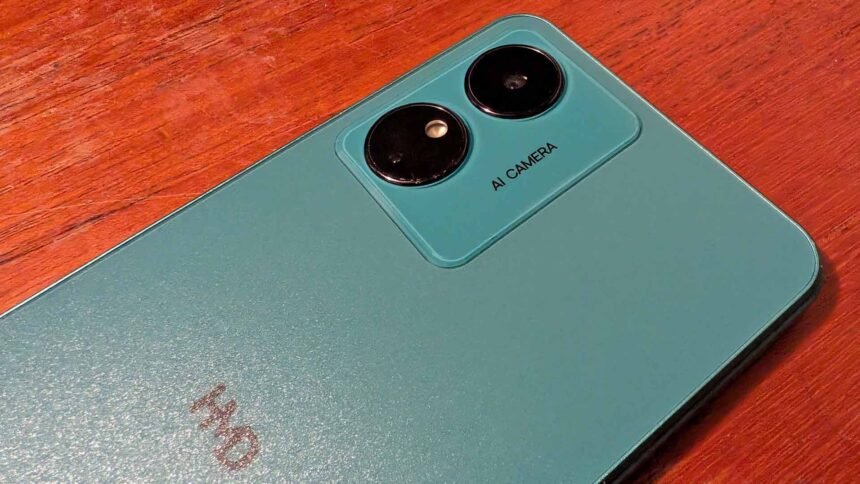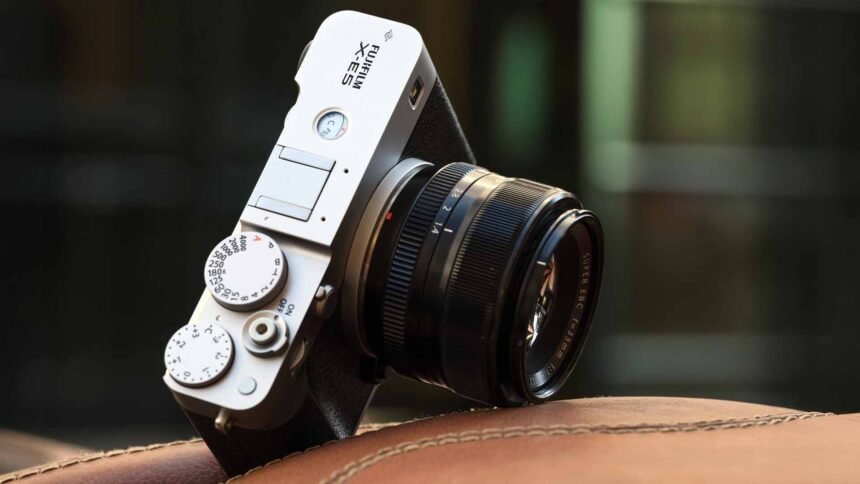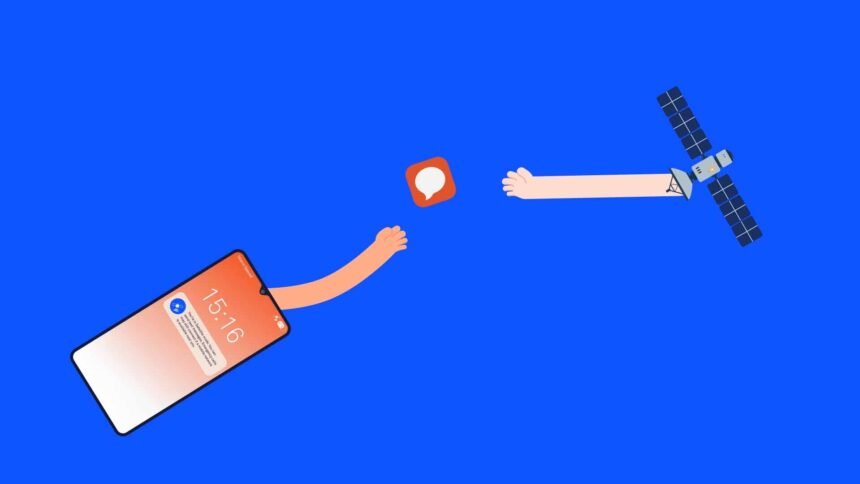While “dumb” phones are making a resurgence for those who like to disconnect, there’s also a very strong market for affordable smartphones. Whether it’s for kids who are getting their first smartphone, reluctant upgrades due to network redundancy or other personal factors, it makes sense for someone to deliver functional phones on a friendly budget. HMD has been doing that, and doing it well for a while now, and the Aura2 is an interesting proposition.
When you’re looking at a phone that costs just A$169 you’d be excused for expecting it to be a really poor experience, but that also means you’re not the target buyer.
Who is the target buyer for a phone at this price?

The HMD Aura2 features a 6.52-inch HD+ display with a 60Hz refresh rate and 460 nits peak brightness. It sports a 13 MP rear camera and a 5 MP front camera, offering features like Night mode and Panorama. A Unisoc 9863A CPU powers the phone and runs on Android 14 Go. It comes with 4GB of RAM (plus up to 4GB virtual RAM), 256GB of internal storage (expandable up to 128GB via microSD), and a 5000 mAh battery with 10W charging support. Connectivity options include Bluetooth 5.2, a 3.5mm headphone jack, USB Type-C, and Wi-Fi 802.11n. It also includes a side-mounted fingerprint sensor, face unlock, and has an IP54 rating.
For me, this presents as a great phone for first-time smartphone users, reluctant upgrades for an older generation, or even as a backup phone for users who want one – just in case – their primary phone fails. There are plenty of us out there who simply won’t be happy with the performance, camera or general capabilities, but just as many who would be thrilled with it.
A quick look at the hardware
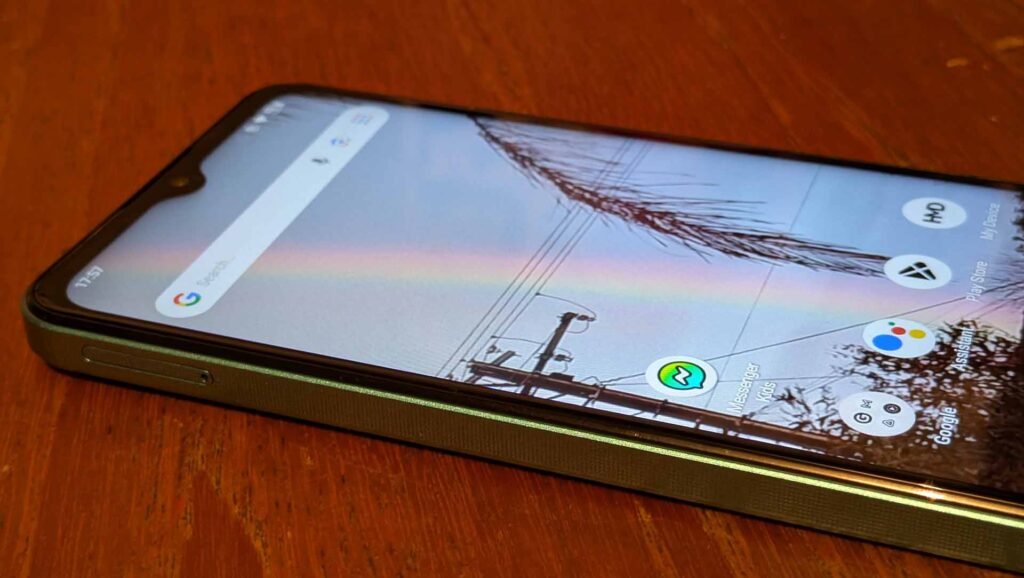
The HMD Aura2 features a 6.52-inch HD+ display with a 60Hz refresh rate and 460 nits peak brightness. It sports a 13 MP rear camera and a 5 MP front camera, offering features like Night mode and Panorama. The phone is powered by a Unisoc 9863A CPU and runs on Android 14 Go.
It comes with 4GB of RAM (plus up to 4GB virtual RAM), 256GB of internal storage (expandable up to 128GB via microSD), and a 5000 mAh battery with 10W charging support. Connectivity options include Bluetooth 5.2, a 3.5mm headphone jack, USB Type-C, and Wi-Fi. It also includes a side-mounted fingerprint sensor, face unlock, and is rated IP52 or IP54 depending on the region.
So it covers the basics, but not much more: Now it’s time to take a look at what you can expect from a $169.00 phone that has these specs.
Unboxing and setup
The unboxing of phones these days is generally pretty uninteresting. You’re going to get some pretty plain packaging, ideally all of which is going to be recyclable. In this case, it appears to be exactly that and, of course, no charging brick these days because everyone has far too many of them already. As a side thought, if you need one with good capacity, potentially for multiple devices, check out the Belkin Dual USB-C GaN charger.
Setting up the device was (much like the unboxing) easy and predictable, with a quick transfer of device settings and apps from the previous device in use to the new one.
The user experience: The screen, battery life, performance and camera
Recently I took a look at the HMD Key — with help from my 12 year old daughter — which is the little brother of the Aura2, with a step up in many of the specs. So it seemed fitting to give her a look at the upgraded version and there were some interesting observations from her, particularly considering several of the specs are almost identical.
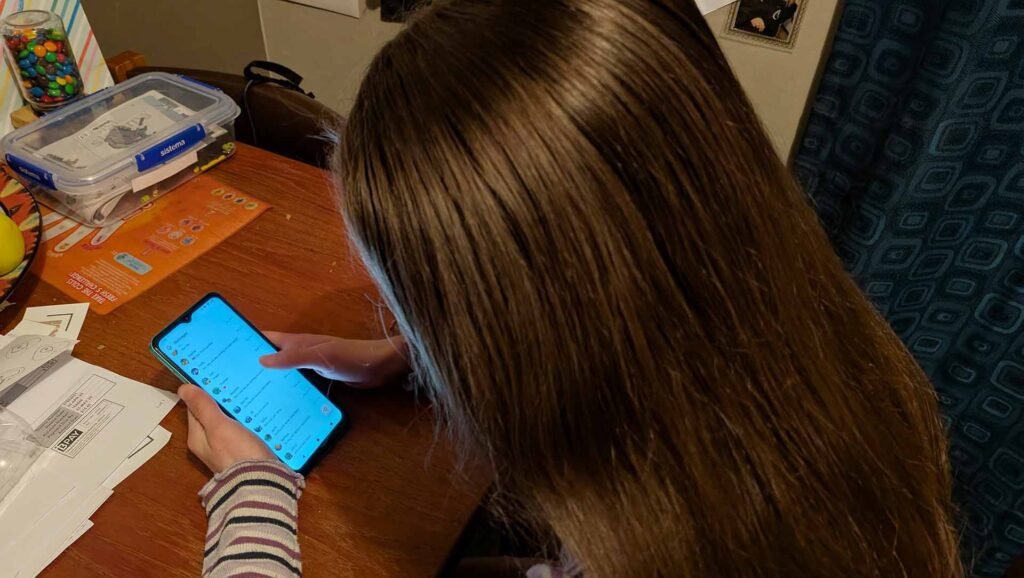
The screen is identical to the HMD Key; exactly the same resolution, brightness etc and for a young lady, it’s probably on the upper limit of how big of a screen that her hands can manage. For the money you’ll part with, the screen is responsive and performs really well at 60Hz refresh.
In terms of performance, the Unisoc 9863A isn’t going to set the world on fire, but it hits the mark for basic users.
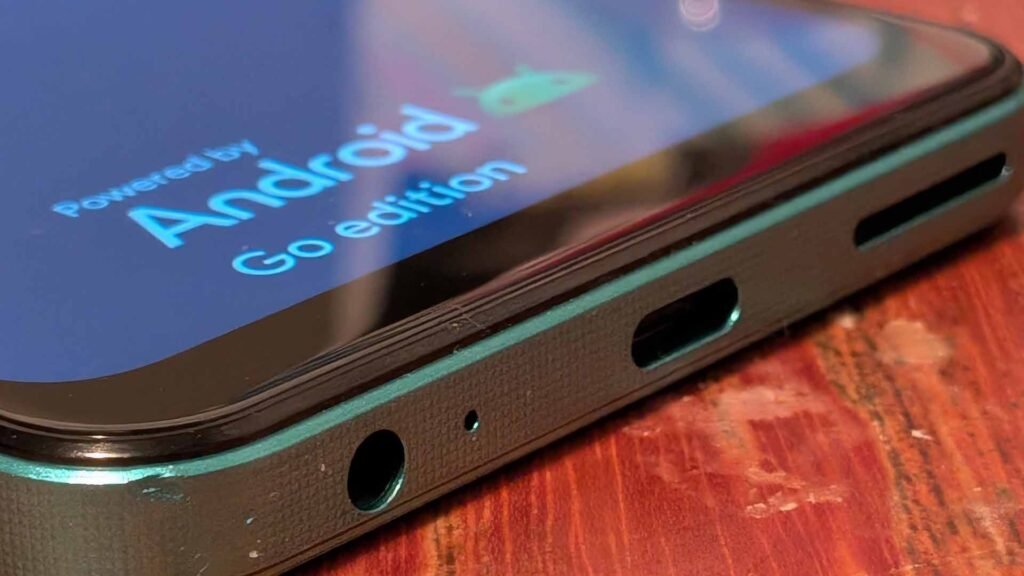
Where the HMD Aura2 really stood up for basic use, was the battery life. It consistently managed to deliver around 3 days. In full disclosure, my daughter (at 12 years old) doesn’t have social media constantly pinging her phone and depleting the battery. She’s does a lot of messaging though, and makes a surprising amount of video calls; after all… she’s 12 and at high school.
The camera is another interesting point when you consider how much the phone costs. It’s better than some of the potato cameras that were around on budget phones 12 – 18 months ago. But interestingly, it does a pretty solid job in good to moderate lighting conditions. It’s a definite pass mark, with solid colour reproduction and relatively clean details.

The issue I have with the camera is the slightly washed out look to it, which is exaggerated when the light is low. Although if the target is well lit, you can still get great photos with some depth and character to them.
Would I buy one?
For me, as a pretty heavy phone user, the answer is a pretty clear no. But that’s for my personal needs, not to criticise the phone itself. There are plenty of users out there who would be more than happy with what the Aura2 delivers, and even happier with the price. Added to this, the repairability of the device through instruction on iFixit and repair kits available, simple items like the screen can easily be replaced.
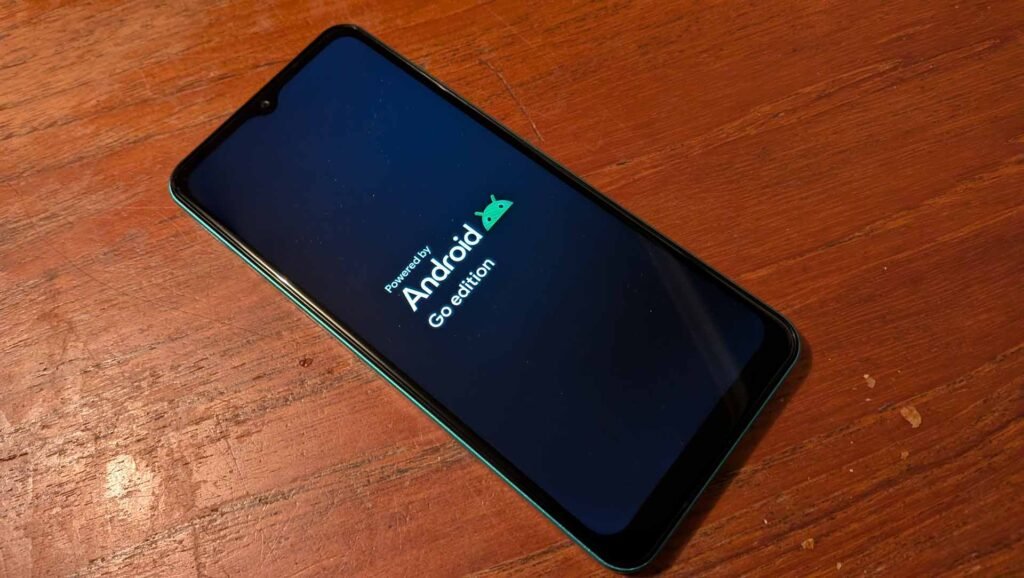
In my eyes, there’s a few markets that the HMD Aura2 is ideal for and we’ll start with the obvious; people looking for a phone on a tight budget. Whether it’s for purely budget reasons, as a backup device, a first smartphone, or someone who simple doesn’t want or need high end features; the Aura2 is a beautifully simple device that will meet the basic needs of a huge number of smartphone users.
The HMD Aura2 is a great example of just how easy selecting a basic phone can be, with easy setup, use and sound specifications delivering reliable performance I wouldn’t have a hesitation in recommending it to the right buyers. You can purchase one through a variety of retailer including Officeworks and Harvey Norman.



